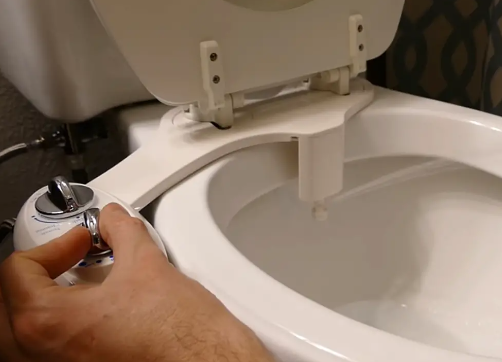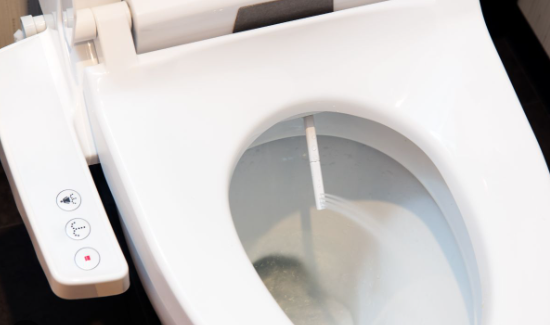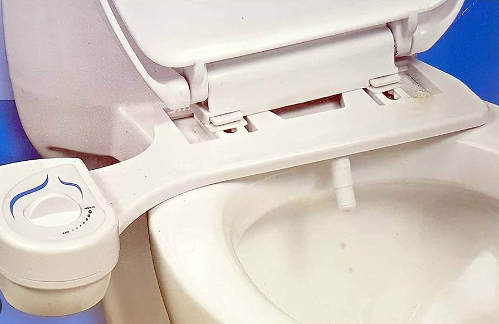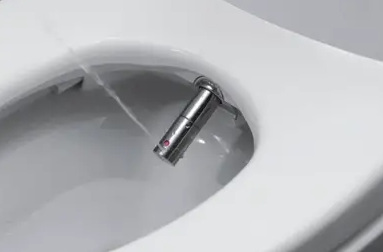Hello there, curious minds! As we journey through the ever-evolving landscape of personal hygiene, we come across a modern marvel that has taken bathrooms by storm: the bidet.
With its rising popularity, it’s no surprise that it has stirred up a pot of controversy. Among the debates, a prominent question surfaces: Can bidets cause UTIs (urinary tract infections)?
Using a bidet properly should not cause urinary tract infections (UTIs). In fact, bidets are often considered more hygienic than using toilet paper alone, as they help clean the perineal area more effectively. However, it’s important to use bidets correctly to avoid any potential issues.
Join me on this enlightening adventure as we sift through the myths, uncover the truth about bidets, hygiene, and UTIs, and finally put this issue to rest.
Also Read
Causes Of UTIs
Let’s start our journey with a quick refresher on urinary tract infections. UTIs, often referred to as the dreaded “down there” infections, are no strangers to many of us.
They’re the unwanted guests that bring discomfort, urgency, and an occasional pang of embarrassment.
These pesky infections occur when bacteria, such as E. coli, sneak their way into the urinary tract, wreaking havoc along the way and causing a medley of symptoms like that notorious burning sensation during urination, the ever-present urge to visit the bathroom, and even the discomfort of lower abdominal pain.
Now, the question arises: Is it possible that bidets, those seemingly innocent fountains of water, are the culprits behind the rise of UTIs? Hold onto your curiosity, dear reader, because we’re about to dive deep into the facts.
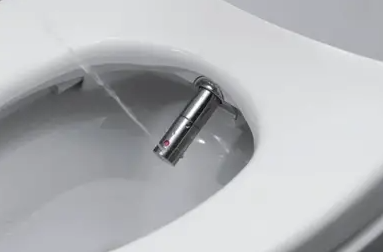
How Bidets Work
Let’s take a moment to acquaint ourselves with our protagonist, the bidet. These ingenious contraptions come in various forms, from the luxurious electric models that offer a spa-like experience, complete with heated water and air-drying features, to the simpler non-electric versions that rely on good old-fashioned water pressure.
Their purpose? To revolutionize our post-toilet clean-up routine, offering a more effective, eco-friendly, and, dare I say, refreshing alternative to the seemingly endless roll of toilet paper.
But wait, what’s that you’re wondering? Do bidets really have the potential to cause UTIs? Ah, my friends, skepticism is a natural reaction, especially when faced with claims that challenge our established norms. Let’s keep those questions simmering as we explore the crux of the matter.
Exploring the Bidet-UTI Connection
Imagine this scenario: You’re gathered with friends for a casual coffee chat, and someone casually drops the bombshell – “Bidets are the cause of UTIs!” Shockwaves of disbelief ripple through the group as they ponder the veracity of this claim.
But before we pass judgment, let’s peel back the layers and understand the foundation on which this myth stands.
The arguments in favor of the bidet-UTI connection stem from concerns about the potential for bidet water to contaminate the genital area, disrupt the natural balance of bacteria, and consequently lead to infections.
It sounds plausible on the surface, doesn’t it? However, as we venture into scientific inquiry, we’ll come to realize that the truth is often more nuanced than the surface-level claims suggest.
Separating Fact from Fiction
Ladies and gentlemen, the moment of truth has arrived: Bidets are innocent of causing UTIs. Expert opinions, backed by robust scientific research, consistently debunk the notion that bidets are the culprits behind these infections.
In fact, bidets emerge as allies in the quest for hygiene and health, as they provide a gentle, thorough cleanse without disrupting the delicate bacterial balance.
Bidets, unlike the harsh abrasive nature of toilet paper, utilize water to cleanse, sparing our sensitive skin from potential harm.
In reality, it’s not the bidets we should be wary of; it’s factors such as poor hygiene practices, dehydration, and certain medical conditions that play a more significant role in the UTI narrative.
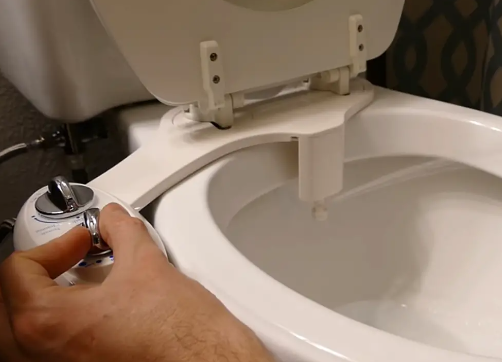
Maintaining UTI-Free Hygiene with Bidets
With the truth illuminated, let’s discuss proper bidet usage. The key here is moderation and mindfulness. While bidets offer an effective and refreshing cleanse, they should complement rather than replace your regular hygiene routine.
A gentle cleanse using water and a mild soap, followed by thorough drying, is the recipe for success.
As we traverse the topic of hygiene, it’s paramount to remember that bidets aren’t the sole players in the battle against UTIs.
Hydration, regular urination, and proper wiping techniques all contribute to maintaining a UTI-free zone. So, as you embrace the benefits of bidet technology, remember that they’re part of a larger mosaic of practices that promote health and well-being.
Promoting UTI Awareness and Prevention
As we draw closer to the culmination of our journey, let’s pause to reflect on the importance of UTI awareness and prevention.
Knowledge, my friends, is the ultimate weapon in our arsenal. The more we understand the inner workings of our bodies, the better equipped we are to navigate the maze of health challenges.
The bidet-UTI myth serves as a microcosm of the broader misinformation landscape. By debunking myths and embracing accurate information, we cultivate a culture of informed decision-making and well-being.
Let’s transform our conversations about hygiene and health into open dialogues that empower us to make the best choices for our bodies.

Conclusion
In the grand finale of our adventure, we find ourselves at the crossroads of myth and reality. The bidet-UTI connection, once shrouded in uncertainty, has been illuminated by the beacon of knowledge.
Bidets, those unassuming companions on our journey toward cleanliness and comfort, stand vindicated against the allegations of UTI causation.
Our voyage has uncovered a timeless truth – misinformation can hold us captive, but knowledge liberates us.
The bidet-UTI myth, once a whisper that echoed through conversations, has been replaced by a resounding proclamation: Bidets are safe, effective, and valuable allies in the pursuit of cleanliness and well-being.
As we bid farewell to unfounded fears, let’s stride confidently into a future where accurate information guides our choices.
The journey of debunking myths isn’t just about setting the record straight; it’s about embracing knowledge, prioritizing health, and fostering a culture of informed curiosity.
Until next time, my fellow seekers of truth, stay curious, stay clean, and most importantly, stay myth-busting!

